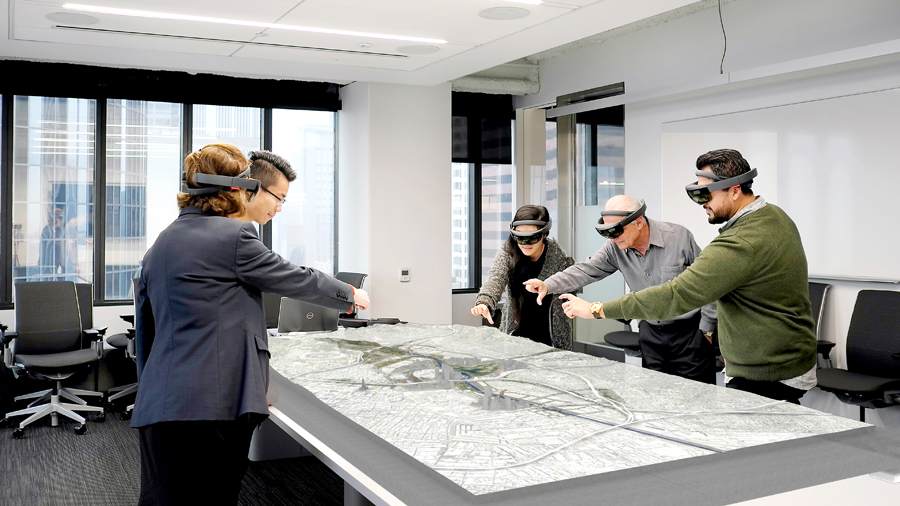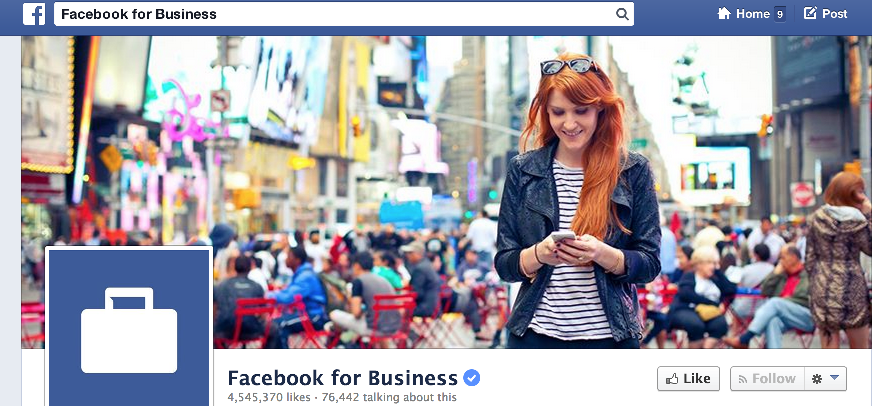Global market and commerce are tearing through the digital landscape at the speed of light. Since the debut of AR through Pokémon Go, in 2016, the digital world has been excited about the prospect of the integration of AR and VR into marketing. Although Pokémon Go has gradually fizzled out, the possibility of a new generation of digital marketers specializing in AR and VR has not. On the other hand, the social media platform Snapchat has held its ground since 2012. Recently, it was in the news for pioneering ephemeral content (Snapchat Stories) and interactive face-swaps.

These incidents tell us that the digital front has been anything but quiet in the past year. The crests and troughs of the recent digital marketing wave show a considerable inspiration from the social media practices. It has been continuously changing and evolving, without giving the marketing companies a single dull moment. 2017 was also the year when AR and VR confirmedly stepped into the realm of digital marketing holding the hands of IKEA, John Lewis, and Coca-Cola’s Alipay campaign. The global market of AR shows a 100% escalation. The market share has gone up from $6.6 billion in 2016 to $12.8 billion in 2017. In fact, by the end of 2021, the figures will skyrocket to $215 billion if the trend continues.
Is it time for you to explore the AR and VR world?
Video marketing, email marketing, and social media marketing have always been core parts of online marketing. There is nothing new in these instruments, irrespective of how a new brand tries to leverage them. Your target market is now more demanding than ever. With the rise of the new 360-degree AR advertisements, they want a bigger slice of AR and VR marketing campaigns. Viewing devices like Oculus Rift and Google Cardboard have made it easy for the public to experience the 360-degree reality. More prominent brands like John Lewis are offering 360-degree immersive experience through Facebook Ads for their target audience. Travel and vacation booking companies have been using the virtual 360-degree experience to promote their unique experiential holidays for quite some time now.
While the market of augmented reality and virtual reality advertisements is promising, these promises come with a hefty price tag. When the investment is significantly higher than the conventional social media marketing and video marketing campaigns, you are likely to expect a measure of the effectiveness of the process too. Unless you have a reliable way to measure the ROI, there is no way you can understand the reach or penetration of your new campaign.
Why is AR marketing still shaky?
That brings us to the next question – what are the ways to measure the effectiveness and ROI of an AR/VR marketing campaign? Do they share their KPIs with other digital marketing strategies? What are the different touch points during the campaign? What is the process of conversion and how does a marketer monitor the journey of a customer? Only if monitoring and analysis were as “tangible and immersive” as the 360-degree video processes!
As of 2018, AR and VR are only parts of the digital marketing campaign. Most brands have other forms of approach, including the online, TVCs and print. The VR industry is still a relatively new domain for the entrepreneurs and the marketers. Nonetheless, the target audience is currently accessing the content from individual video dumps. Now, the reach of AR, VR, and MR are limited, so keeping a tab on the number of users and viewers is much more straightforward. Many companies are sticking to these formats during location-based activations.
Why should you give AR and VR a second thought?
Current statistics suggest that only a fraction of the entrepreneurs are utilizing AR and VR for their marketing endeavors. On the one hand, this means that there is an excellent opportunity for those who want to enter the market right now. On the other hand, it says that there are not enough devices (viewers) that can conduct the brand message forward. In fact, the cost of the augmented reality and virtual reality devices is prohibitive for several millennials, who would want to give it a try. 2018 has seen some improvement in that area with the commercialization of ARKit and ARCore. These are the AR application platforms by Apple and Google.
You can also build elements of augmented reality into your marketing by –
- Using websites that are compatible with the new AR elements of Chrome, Firefox, and other leading browsers.
- Leveraging Augmented Reality Digital Placements or banner ads on the web.
- Utilize bots for your website and for Facebook for giving your visitors a taste of the AI.
- Utilizing location-based opportunities like bus stops and cars for engaging the passersby.
Currently, about 10% of the small-cap industries utilize AR-based marketing. As of 2018, you can exploit the potential of reaching of 1 billion people through the combined use of ARKit, ARCore and AR Studio to develop AR-applications for smartphones. Right now, it seems like AR and VR will depend on mobile devices at least for the upcoming future. It is primarily due to the costs associated with the headset technologies and the absence of wholesome designs. Mobile is the technology of the day, and people will continue to depend on mobile for quite a few years. AR will eventually evolve to pair with Artificial Intelligence (AI) and mobile-based services. It will heavily lean on geo-specific services and Google Map like technology to shape the world the target audiences see.
That world is still a few years away, due to the limitation of available AR/VR devices and technology. Since the entrepreneurs and marketers have not yet adopted these technologies for their daily marketing practices, the availability of standard analytical tools and metrics monitoring devices is also limited. Therefore, jumping from the gimmick to statistics will be very difficult for the professionals as of now. Nonetheless, you should be able to think beyond branded content and direct promotional ads for AR.






